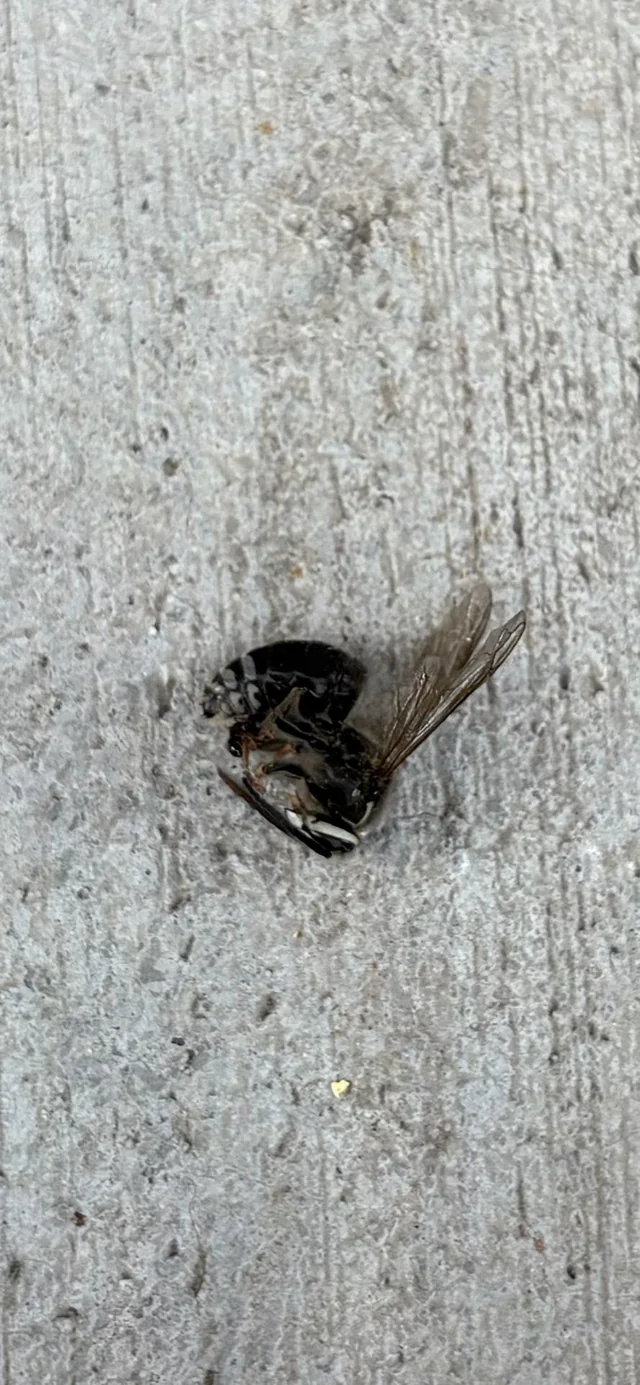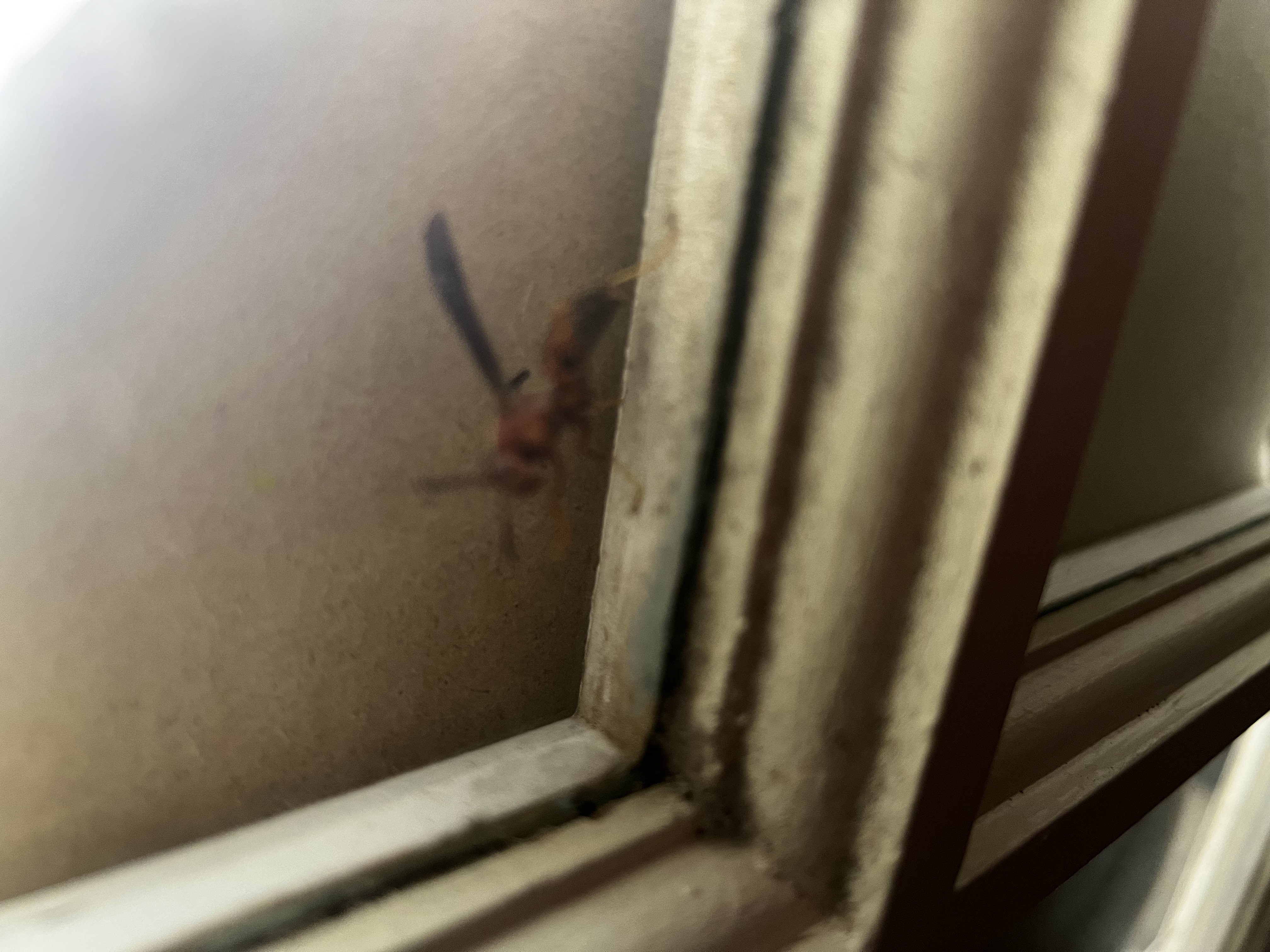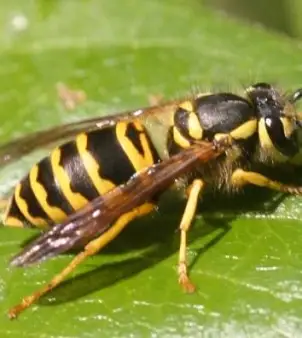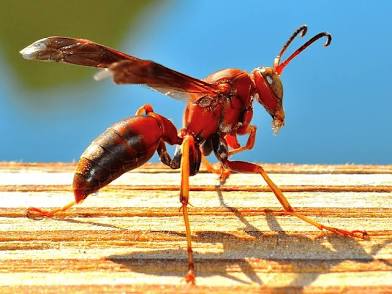🐝 WASP-AI Insect Analysis
Advanced machine learning identifies insects with precision, assesses risks, and provides professional safety recommendations.

WASP-AI Analysis
AI-powered insect identification with 80% confidence
Risk Assessment Dashboard
Nest Type
Large aerial paper nest, football-shaped, with single bottom entrance
Location Indicators
Nests in trees/shrubs, under eaves/soffits, on structures; workers are black with white facial and abdominal markings
Expert Notes
Black-and-white coloration and body shape are characteristic of bald-faced hornets (an aerial yellowjacket). The specimen is damaged, so ID is based on patterning and wing/abdomen features. Colonies die out naturally in late fall; if the nest is away from high-traffic areas, leaving it undisturbed is an option.
Species Comparison
Did You Know?
Hornets can fly up to 25 mph and travel several miles from their nest
A single hornet nest can house 100-700 hornets at peak season
Hornets are most active during late summer and early fall
Location & Seasonal Activity
Geographic Range
Peak Season
Late summer to early fall (August-October)
This is when you're most likely to encounter this species
Common Habitats
Tree hollows, attics, wall voids, underground burrows
Activity Patterns
Most active during warm, sunny days
Winter Behavior:
Colonies die off in winter, only fertilized queens survive
📅 Seasonal Safety Reminder
Hornet activity peaks during late summer to early fall (august-october). If you're seeing increased activity now, take extra precautions when spending time outdoors. Consider professional inspection if you suspect a nearby nest.
Safety & Removal Recommendations
Safety Precautions
Keep 20+ feet away from active nests
Do not disturb or vibrate the nest; avoid mowing/using loud tools nearby
If allergic, avoid the area and have an epinephrine auto-injector available
If attempting DIY, wear a full bee suit or thick protective clothing with veil, gloves, and sealed cuffs
Work after full dark using a red-filtered light; have an escape route
Do not use fire or water on nests; avoid ladders if possible
Removal Methods
Professional removal with residual insecticide/dust and nest bagging
For DIY only on reachable outdoor nests: apply a wasp/hornet aerosol with a 15–20 ft stream directly into the bottom entrance at night; repeat after 24 hours
Confirm zero activity for a full day, then detach and bag the nest for disposal
If inside a wall/void, use insecticidal dust into the entry and avoid sealing until all activity stops
After removal, seal gaps and screen vents to prevent re-nesting
⚠️ Professional Treatment Recommended
Due to the high risk level, we strongly recommend contacting a professional pest control service.
Analysis Details
Anonymous
August 16, 2025 at 05:43 PM
fierce-hornet-72
This analysis was performed using AI technology. Always consult with licensed professionals for pest control decisions.
What other people analyzed
Share This Analysis
Help others identify dangerous insects and stay safe! 🛡️
Ready to share:
“Hornet - Black-and-white coloration and body shape are characteristic of bald-faced hornets (an aerial yellowjacket). The specimen is damaged, so ID is based on patterning and wing/abdomen features. Colonies die out naturally in late fall; if the nest is away from high-traffic areas, leaving it undisturbed is an option. https://waspremovalhq.com/wasp-ai/fierce-hornet-72 Danger Level: HIGH Aggressiveness: 8 out of 10 Treatment: Professional Required”
Share on social media:
Direct link:
Help others stay safe by sharing this AI analysis! 🚀




